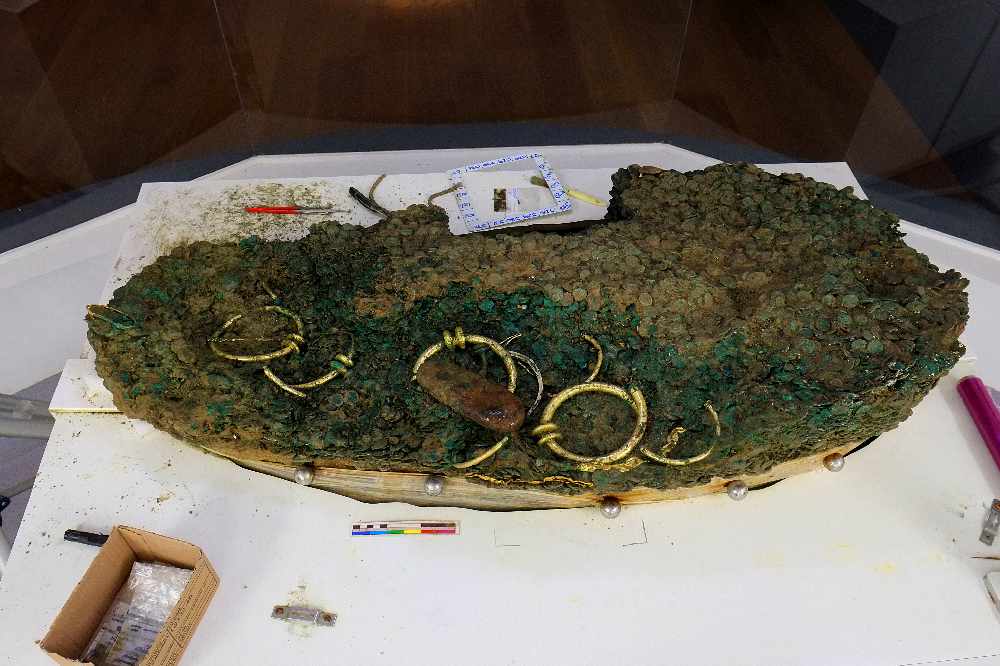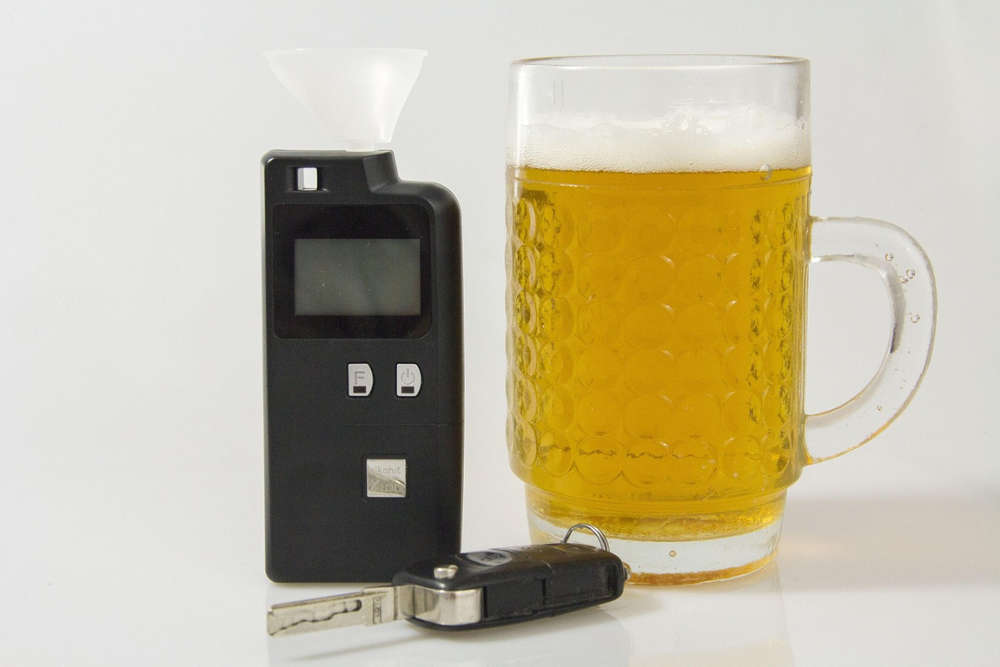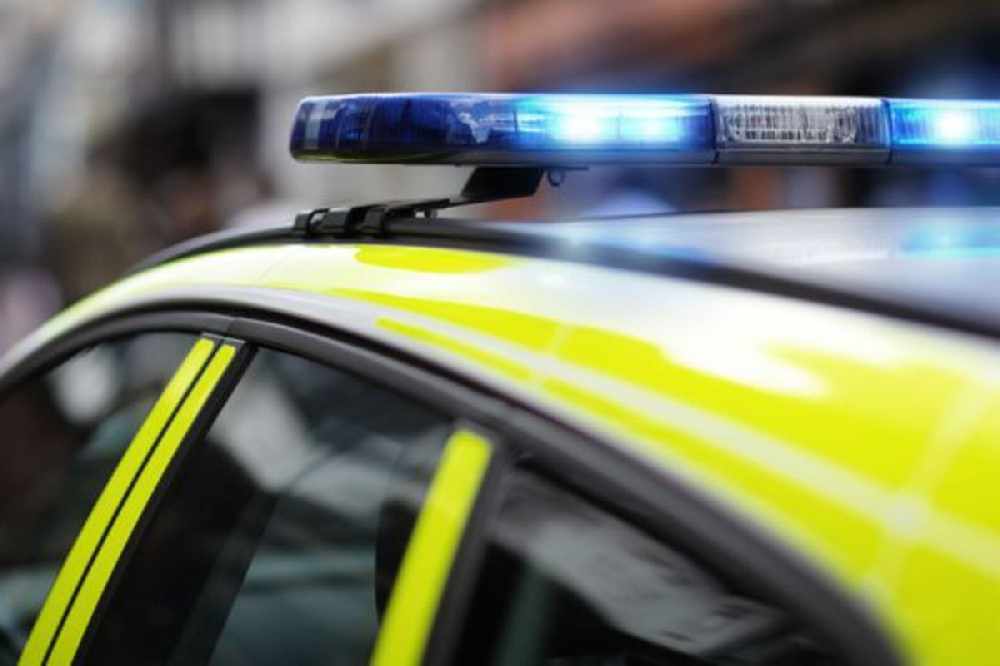
The largest ever hoard of Celtic coins is now thought to have been two collections buried together in Grouville.
Data collected by taking apart the 70,000 coins unearthed by metal detectorists in 2012 suggests it wasn't a a single mass, but separate collections, possibly from different tribes.
One part contains the early coins, gold jewellery and precious metal ingots. The type of coins in this part are attributed to the Coriosolitae tribe from an area of Northern Brittany.
The other part contains a large mass of silver coins, of lower quality and from a later period, which may have come from tribes occupying the Cotentin peninsula in western and lower Normandy.
Archaeologist Dr Philip de Jersey says use of laser-positioning technology suggest the later dates coins were buried first.
"The older and the more valuable stuff, because it includes the jewellery and torques and so on as well, that's then gone in on top of that. There are definitely these two main deposits and they might only have been made a few hours or days apart, that's the sort of thing which we just can't tell."
The latest analysis - described as a 'first' in its approach to archaeological investigation - will be presented to experts at a conference in Brazil next month.


 £75,500 raised in Jersey Christmas Appeal Charity Auction
£75,500 raised in Jersey Christmas Appeal Charity Auction
 Government to announce support option for carers
Government to announce support option for carers
 Drink driving can cause 'life-changing' consequences
Drink driving can cause 'life-changing' consequences
 Parked cars damaged in Victoria Avenue crash
Parked cars damaged in Victoria Avenue crash
 L'Ecume II: Lewis Carr jailed for 20 months for fatal collision at sea
L'Ecume II: Lewis Carr jailed for 20 months for fatal collision at sea
 Guernsey's former Chief Minister admits making indecent images of children
Guernsey's former Chief Minister admits making indecent images of children
 Minister approves 42 sheltered homes at nursing home
Minister approves 42 sheltered homes at nursing home
 Jersey potato farm to be the site of Channel Islands' largest roof solar array
Jersey potato farm to be the site of Channel Islands' largest roof solar array






Comments
Add a comment